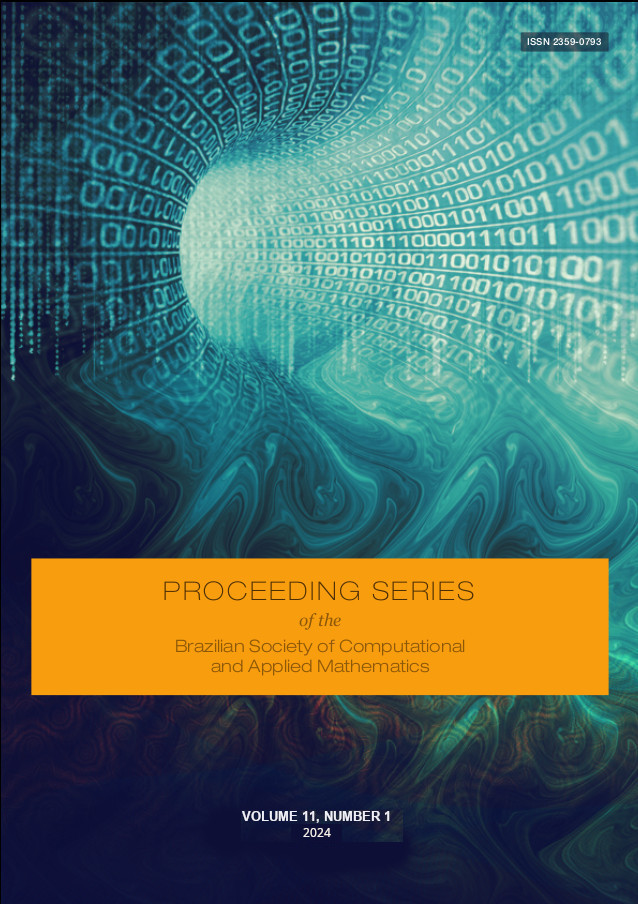Machine learning-based deforestation detection in the Amazon Rainforest
a data-driven comparative study
Palavras-chave:
Machine Learning, Deforestation Detection, Amazon Rainforest, Remote Sensing, Comparative StudyResumo
The preservation of the Amazon Rainforest, a crucial ecosystem for global climate regulation, requires effective and systematic monitoring of deforestation activities. In this context, machine learning (ML) algorithms offer robust, well-established tools for detecting and mapping deforestation occurrences from remote sensing (RS) imagery. In fact, by combining advanced ML-based techniques with RS technologies, one can monitor and analyze vast amounts of forest areas, identifying potential changes in land cover over time while still facilitating conservation measures and sustainable land management practices. Considering the above context, in this work we conduct a comparative analysis of three machine learning-based frameworks: Isolation Forest (IF), One-Class Support Vector Machine (OC-SVM) and Convolutional Neural Network (CNN). More precisely, by integrating remote sensing data collections, image processing techniques, and machine learning algorithms, we adapt and refine the aforementioned machine intelligent approaches for the task of deforestation detection in the municipality of São Félix do Xingu, Pará, Brazil: one of the largest municipalities in the world in terms of native land area.
Downloads
Referências
V. L. S. Gino, R. G. Negri, F. N. Souza, E. A. Silva, A. Bressane, T. S. G. Mendes e W. Casaca. “Integrating unsupervised machine intelligence and anomaly detection for spatio-temporal dynamic mapping using remote sensing image series”. Em: Sustainability 15.6 (2023), p. 4725. doi: 10.3390/su15064725.
N. Gorelick, M. Hancher, M. Dixon, S. Ilyushchenko, D. Thau e R. Moore. “Google Earth Engine: Planetary-scale geospatial analysis for everyone”. Em: Remote sensing of Environment 202 (2017), pp. 18–27. doi: 10.1016/j.rse.2017.06.031.
T. Kattenborn, J. Leitloff, F. Schiefer e S. Hinz. “Review on Convolutional Neural Networks (CNN) in vegetation remote sensing”. Em: ISPRS Journal of Photogrammetry and Remote Sensing 173 (2021), pp. 24–49. doi: 10.1016/j.isprsjprs.2020.12.010.
A. E. O. Luz, R. G. Negri, K. G. Massi, M. Colnago, E. A. Silva e W. Casaca. “Mapping fire susceptibility in the Brazilian Amazon forests using multitemporal remote sensing and time-varying unsupervised anomaly detection”. Em: Remote Sensing 14.10 (2022), p. 2429. doi: 10.3390/rs14102429.

